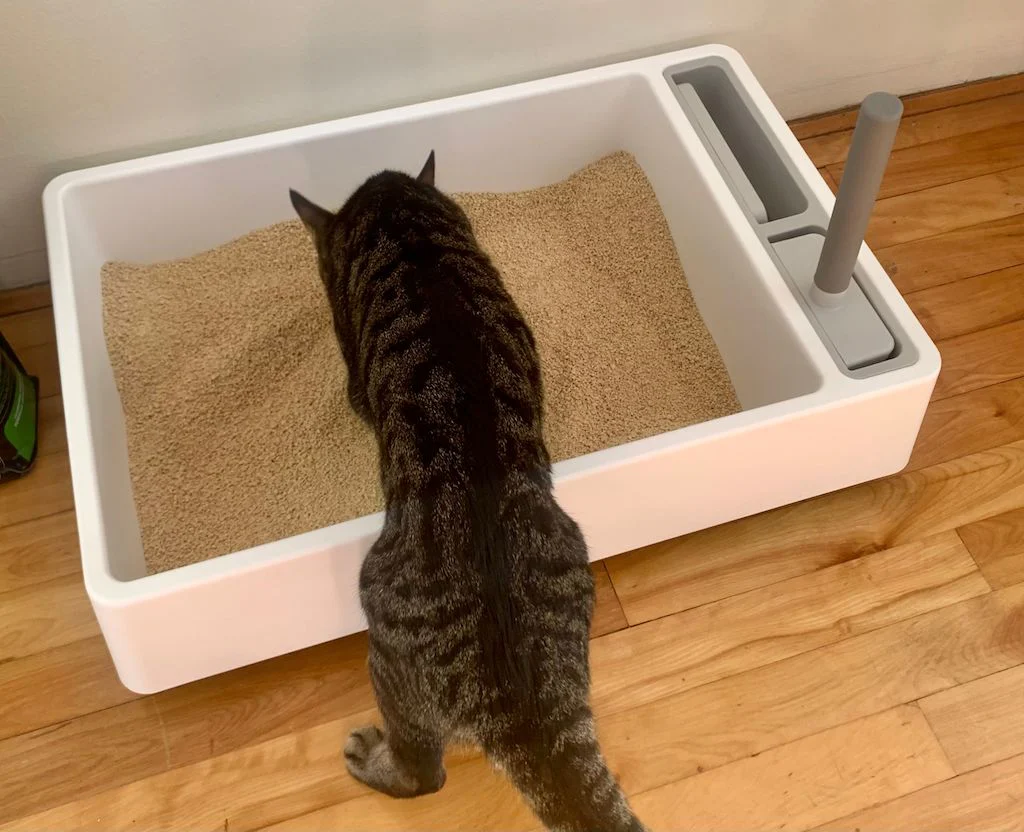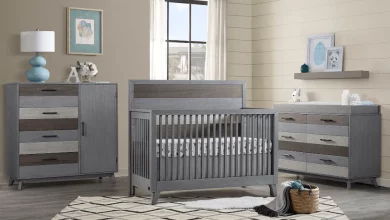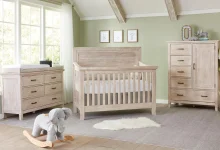Corn Cat Litter 101: Benefits, Features, and What to Look For

In recent years, corn cat litter has emerged as a popular alternative to traditional clay-based litters. Known for its environmental benefits and effective performance, Corn Cat Litter is becoming a top choice for conscientious pet owners. This guide provides a comprehensive overview of corn cat litter, including its benefits, features, and essential factors to consider when selecting the right product for your feline friend.
What is Corn Cat Litter?
Corn cat litter is made from processed corn kernels, which are used to create a litter that is both biodegradable and highly absorbent. The production process involves grinding the corn into a fine powder, which is then formed into pellets or granules. These pellets offer several advantages over traditional litter materials, making corn cat litter a compelling option for many pet owners.
Benefits of Corn Cat Litter
Eco-Friendly and Biodegradable
One of the primary benefits of corn cat litter is its environmental friendliness. Unlike clay-based litters, which are derived from non-renewable resources and can contribute to landfill waste, corn litter is made from a renewable resource—corn. Additionally, corn cat litter is biodegradable, meaning it breaks down naturally over time, reducing its environmental impact.
Superior Absorbency
Corn cat litter excels in moisture absorption. The natural starches in corn have excellent absorbent properties, which help keep the litter box dry and reduce the buildup of moisture. This high absorbency also contributes to the overall cleanliness of the litter box and helps control unpleasant odors.
Effective Clumping
Clumping ability is a crucial feature in cat litter, and corn-based litters perform well in this regard. Corn litter forms tight clumps when wet, which makes it easy to scoop out waste and maintain a clean litter box. This clumping action also reduces the need for frequent full litter changes.
Odor Control
Effective odor control is essential for a fresh-smelling home, and corn cat litter manages this well. The natural composition of corn helps neutralize odors without the use of artificial fragrances. This helps keep the litter box smelling clean and pleasant.
Low Dust and Low Tracking
Corn cat litter is known for producing minimal dust, which is beneficial for both cats and their owners. Low dust levels improve air quality and reduce the risk of respiratory issues. Additionally, corn litter tends to track less than some other types of litter, minimizing the mess that gets carried outside the litter box.
Features to Look For in Corn Cat Litter
Clumping Ability
When choosing corn cat litter, it’s important to consider how well it clumps. High-quality corn litters should form solid clumps that are easy to scoop and remove. This feature helps maintain a clean litter box and makes the cleaning process more efficient.
Absorbency
The absorbency of the litter is another key factor. Look for products that offer superior moisture absorption to keep the litter box dry and control odors effectively. Good absorbency also means that the litter will last longer before needing to be replaced.
Odor Control
Effective odor control is crucial for maintaining a fresh-smelling home. Choose corn cat litter that offers strong odor-neutralizing properties without relying on artificial fragrances. Natural odor control is preferable for both the health of your cat and the comfort of your home.
Packaging and Handling
Consider the packaging and handling of the litter. Some brands offer convenient packaging options, such as resealable bags or easy-to-pour containers. The packaging should be sturdy and easy to handle, especially if you are purchasing in larger quantities.
Price and Value
Corn cat litter can be more expensive than traditional clay-based litters. However, consider the overall value, including the performance and environmental benefits. Higher-quality corn litters often provide better absorbency and odor control, which can justify the higher price.
Brand Reputation
Reputable brands often have a track record of quality and customer satisfaction. Look for brands that are known for their commitment to sustainability and product excellence. Reading reviews and seeking recommendations can help you find a reliable corn cat litter that meets your needs.
How to Transition to Corn Cat Litter
Switching to a new type of cat litter requires a gradual transition to ensure your cat adjusts smoothly. Here’s how to make the switch:
- Mix the New Litter with the Old: Start by mixing a small amount of corn cat litter with your cat’s current litter. Gradually increase the proportion of corn litter over several days.
- Observe Your Cat’s Behavior: Monitor your cat’s reaction to the new litter. Some cats may take time to adjust, so be patient and make the transition as smooth as possible.
- Maintain Cleanliness: Ensure the litter box remains clean throughout the transition period. Regular scooping and cleaning will help keep your cat comfortable and encourage them to use the new litter.
Conclusion
Corn cat litter offers a range of benefits, including environmental sustainability, superior absorbency, effective clumping, and excellent odor control. As an eco-friendly alternative to traditional clay-based litters, corn cat litter provides a cleaner, greener option for pet owners who are conscious of their environmental impact.
When choosing corn cat litter, consider features such as clumping ability, absorbency, odor control, packaging, price, and brand reputation. By selecting a high-quality product that meets these criteria, you can enjoy the benefits of corn cat litter while contributing to a more sustainable future.
Transitioning to corn cat litter can be a positive change for both your cat and the environment. With its numerous advantages and growing availability, corn cat litter is well-positioned to become a leading choice in eco-friendly pet care.








